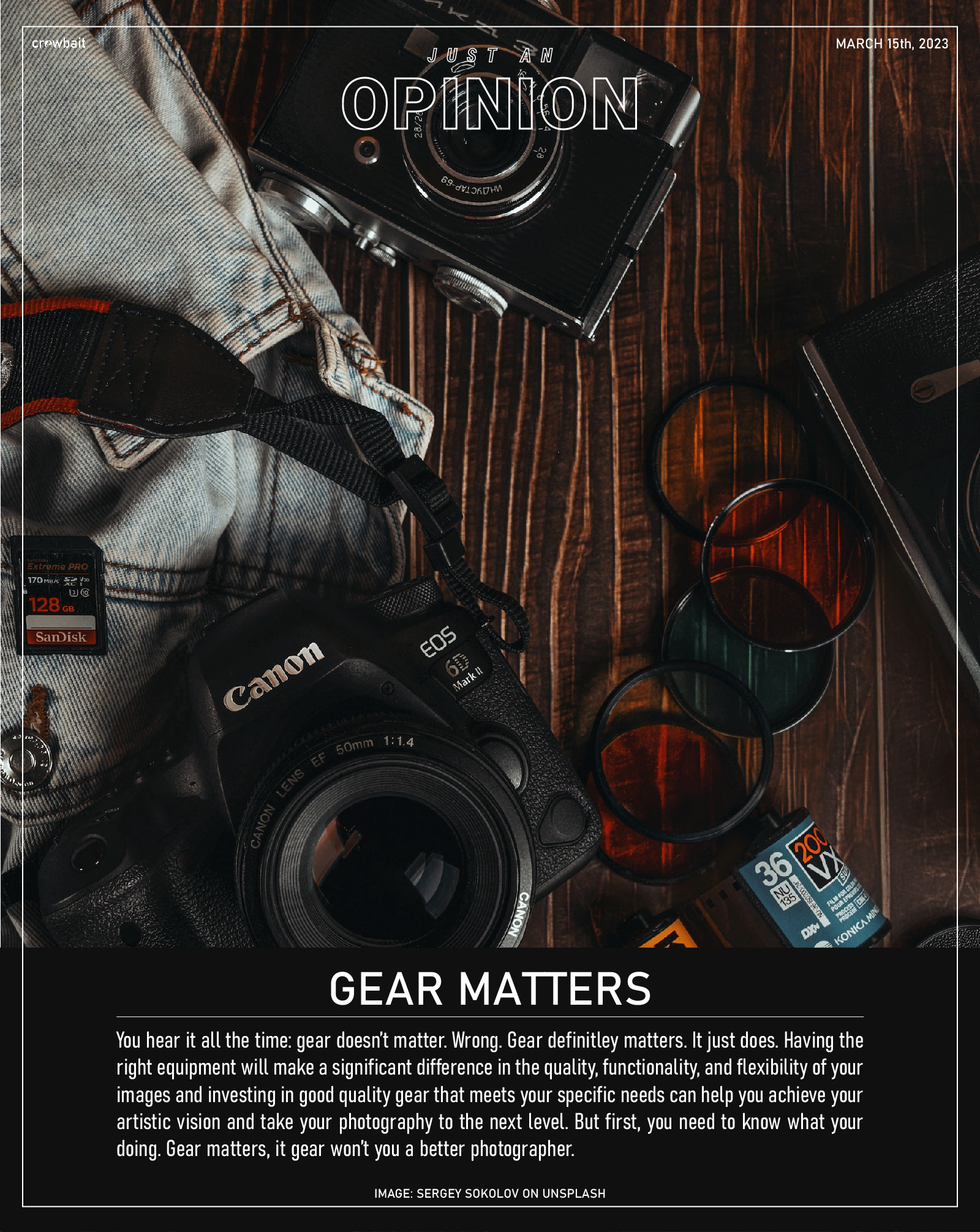
You hear it all the time: it's not about the gear, gear doesn't matter or you can take great photos with any camera. Now, don't get me wrong, those statements are inherently true. Photography, true photography, is not about the gear. It's about the art, skill and creativity of the individual wielding the camera. It's about the culmination of a photographer's vision, the subject, and the light being permanently melded together with a single moment in time. It's about capturing the essence of a moment, portraying emotion or documenting history. Think about it: when you see an impactful image, do you immediately wonder about what cameras and lenses were used to capture it or do you simply feel and appreciate the image for what it is? You do the latter, and that is why some images that were taken well before the advent of modern cameras and advanced optics still stand amongst the greatest images ever taken.
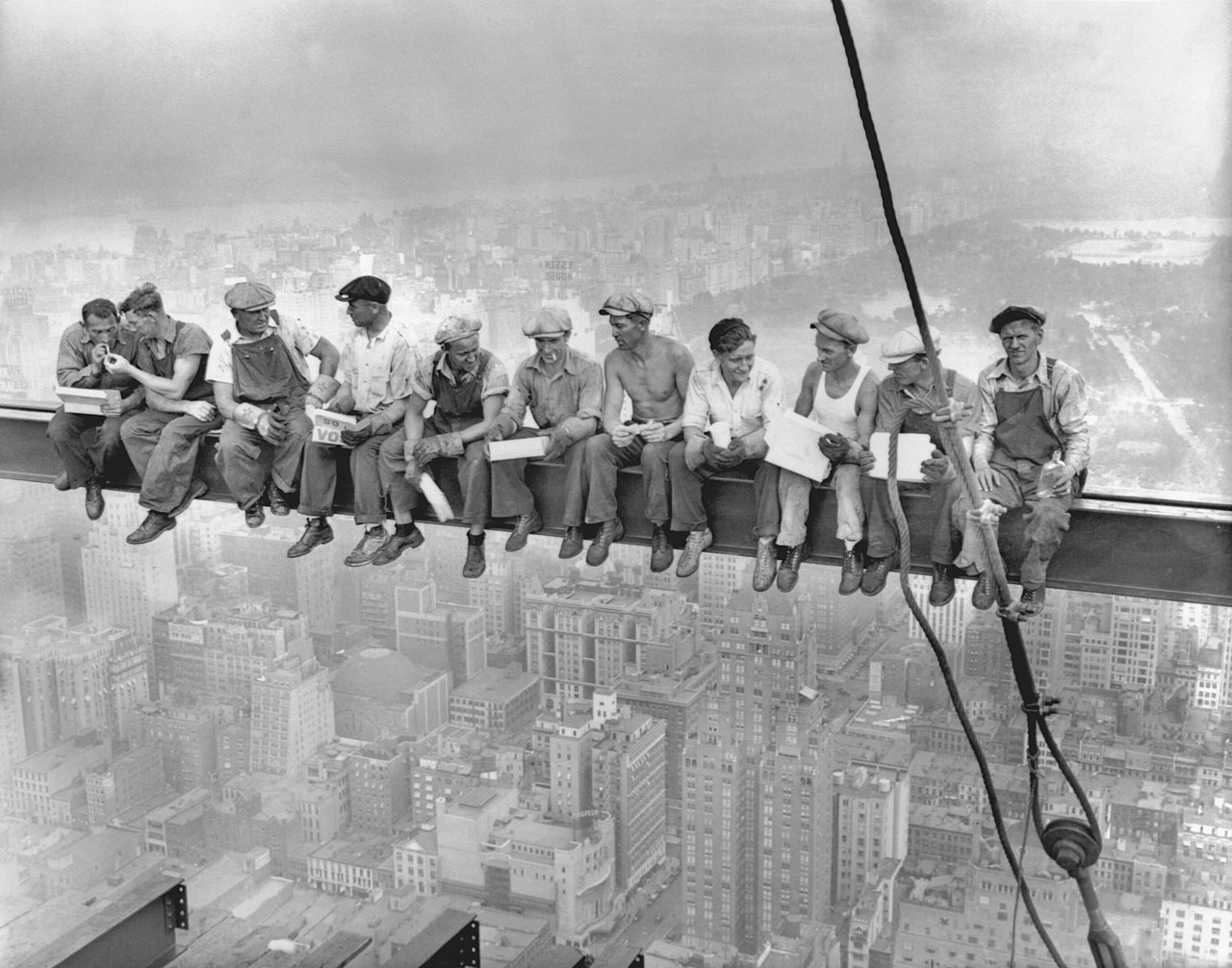
Lunch atop a Skyscraper. Unknown, 1932
Take for example, the “Lunch atop a Skyscraper” image shot in 1932. It is among the most recognizable images in the world and is still a great seller for poster and print vendors alike today. Is it the image quality that people love? No. The great color rendition? Obviously not. It's the story that people love. It is the feeling that people get from it, whether it’s excitement, fear, wonder or enchantment. You don’t stop to think twice about the gear that created it.
Lunch atop a skyscraper is a group portrait which is less difficult to create with antiquated equipment. Clearly it's a different story for action photography, right? Well, let's look at some other examples. Take a look at the images below and ask yourself: are these great photos? Are they impactful? Do they evoke an emotional response?

Landing on the Coast of France.
Photo by Robert F. Sargent, June 6, 1944, National Archives
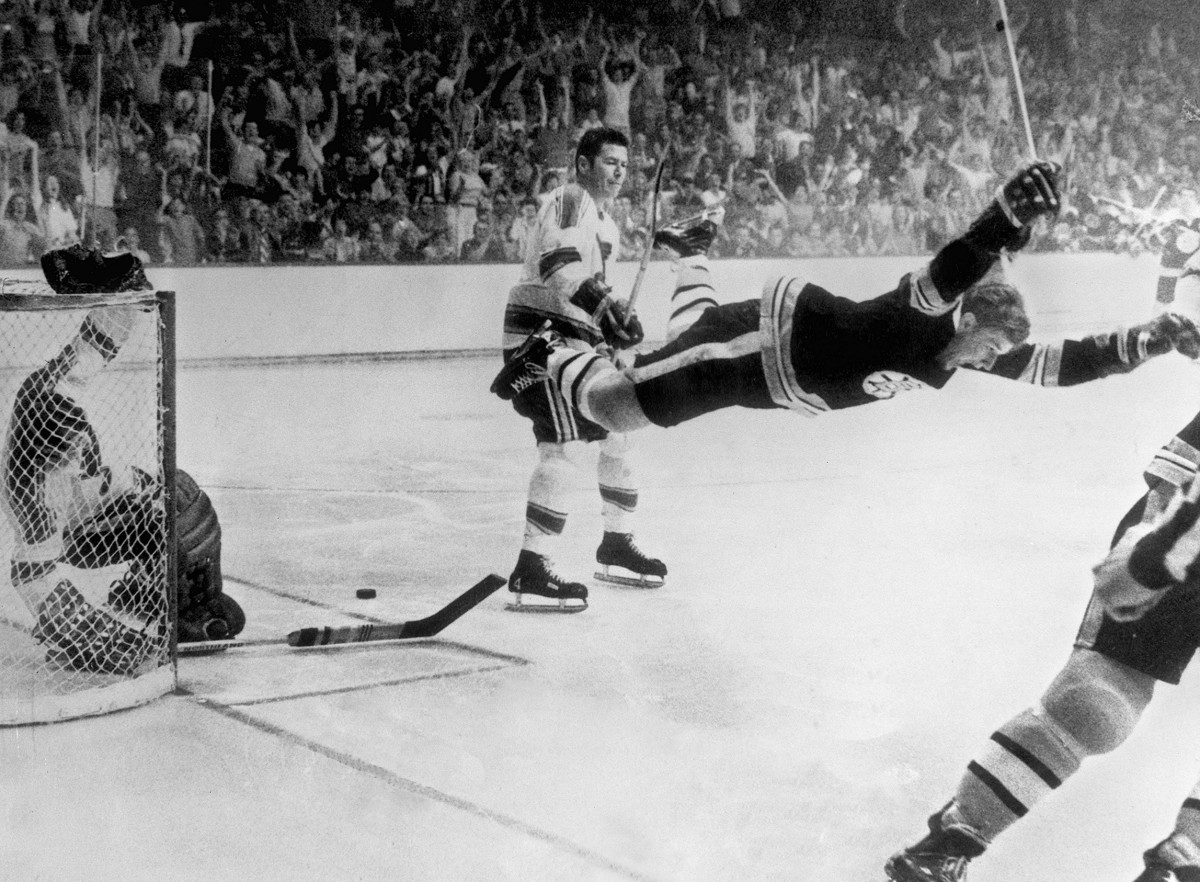
The Leap Photo by Ray Lussier, nhl.com
Undeniably they do all three. The image on the left was taken during WWII in the 1940s on something like a Super Ikonta Model B and that beach landing photo would still meet any professional photographer's criteria of what a great image is today. The Bobby Orr photo on the right, was taken in 1970 and still makes the list of top 100 sports photos of all time. So really and truly, it's not all about the gear.
By now you're probably thinking: the title of this article is Gear Matters but according to what I just read and the images shown, gear doesn't actually matter. Right? Well, not exactly. Make no mistake: gear doesn’t matter as much as creativity, technical skill, and vision. However, that doesn't mean gear never matters.
Gear definitely matters. It has to matter. Consider that each and every photo requires the same two basic elements: a photographer and a camera. Gear is literally half the equation. The important question then is not whether or not gear matters but Why and When it does. To answer that, let's briefly explore a few areas; situational, technical and functional.
Situational
Gear matters the most when you look at it situationally. You can take great photos with any camera but you can’t make every photo with any single type of gear. There are certain types of gear that are simply going to get you images and looks that other gear just can’t in any particular situation. Most of the time, it simply comes down to matching the camera body/lens combination with the situation.
On an African wildlife Safari? A long telephoto lens allows for those incredible close-up animal shots, while allowing the photographer to maintain a safe and unobtrusive distance. Shooting fast paced action? A modern camera body with high still image frame rates captures thin slices of time, allowing photographers to more readily pull out the precise moment in time they are looking for. Shooting portraits? A wide aperture lens provides beautiful subject isolation and blows out backgrounds into a dreamlike blur of smooth colour and vibrant bokeh, free of distractions. Shooting breathtaking and expansive landscapes? A wide angle lens will let you capture the vast horizon and foreground context making the viewer feel as though they are standing there themselves.

Telephoto Lion Portait. Photo by Wade Lambert, unsplash.com
Obviously these scenarios are an oversimplification but it demonstrates the point that certain gear will give you a better outcome than other gear in a given situation. It doesn’t mean that a specific lens is the only one that will work in any particular situation, but the right lens will give you the best opportunity for the best result. If your goal is to take animal portraits and go on a Safari with just a wide angle you won’t come back with the close-up animal portraits that a telephoto would have gotten you. The same goes for the camera. If you are shooting fast action in low light, a modern professional camera with a fast wide aperture lens will always outperform a budget camera with a kit lens. It's simply about matching gear to the situation.
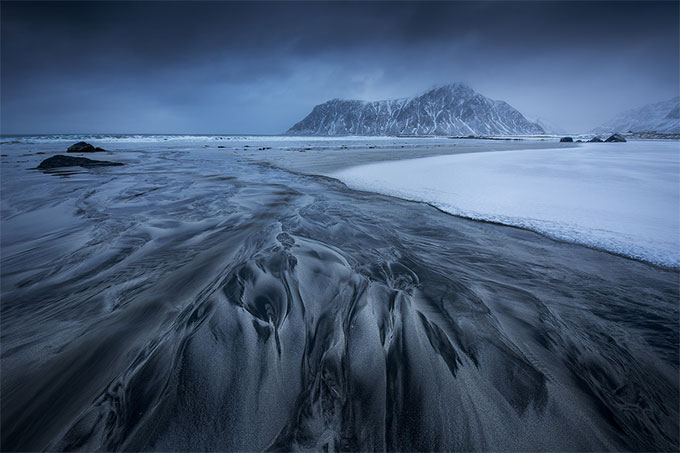
Wide Angle Landscape. Photo by Christian Hoiberg, www.capturelandscapes.com
As the scenarios you're shooting diversify and the imagery you desire becomes more precise, the gear you use will matter more and more. Sure, all pieces of kit can be used in multiple scenarios with varying degrees of success, but that long telephoto lens is never going to give you the look and feel of a wide aperture portrait lens and vice versa; they are completely different tools. Think of it this way: there are many ways to cut a piece of wood, but an ax doesn’t produce the same result as a table saw. You could cut firewood with a table saw, but it would be overkill. You could technically cut furniture pieces with an ax, but it would be readily apparent in the finished product. The right tool for the job matters, and it can make all the difference.
Technical
With an understanding of the basic situational reasons why gear matters, let's take an overview of the technical reasons. In all honesty, it’s fairly simple. As technology advances, each new iteration of a piece of camera gear is better than its predecessor in some measurable way. Sometimes the differences are minor and mostly irrelevant, other times they can be game changers. Simplifying it to the core it comes down to this: high-quality gear produces technically better images. Again, technically better images. Not artistically, or compositionally better images. That’s an important distinction to bear in mind.
A professional camera body with a larger sensor, better autofocus, and features like in-body stabilization is capable of producing a sharper, more detailed, larger and higher quality photo than a lower-end camera with a smaller sensor, poor autofocus and no stabilization. Modern camera bodies with high Iso ranges can better handle low light situations producing cleaner images with ease while older cameras struggle in low light, requiring higher ISOs to capture comparatively noisier and lower quality images. Furthermore, modern professional cameras come packed with features like eye detect and focus tracking, faster processing times, burst shooting modes, and higher buffer speeds. Contrast that to the old school point-and-shoot film cameras with their finite number of frames and manual focus. It's clear that in certain scenarios, such as action, the point and shoot film camera isn’t going to be as successful as the modern camera, simply based on the technology.
More expensive lenses have higher quality glass, advanced coatings and a more durable construction, which allows a higher quality of light to pass through to the sensor in a wider range of scenarios. This affects everything from chromatic aberration to sharpness to lens flare. Cheaper lenses have to compromise on the quality of one or more aspects of the lens, resulting in an inevitable loss of quality in the final image.
.
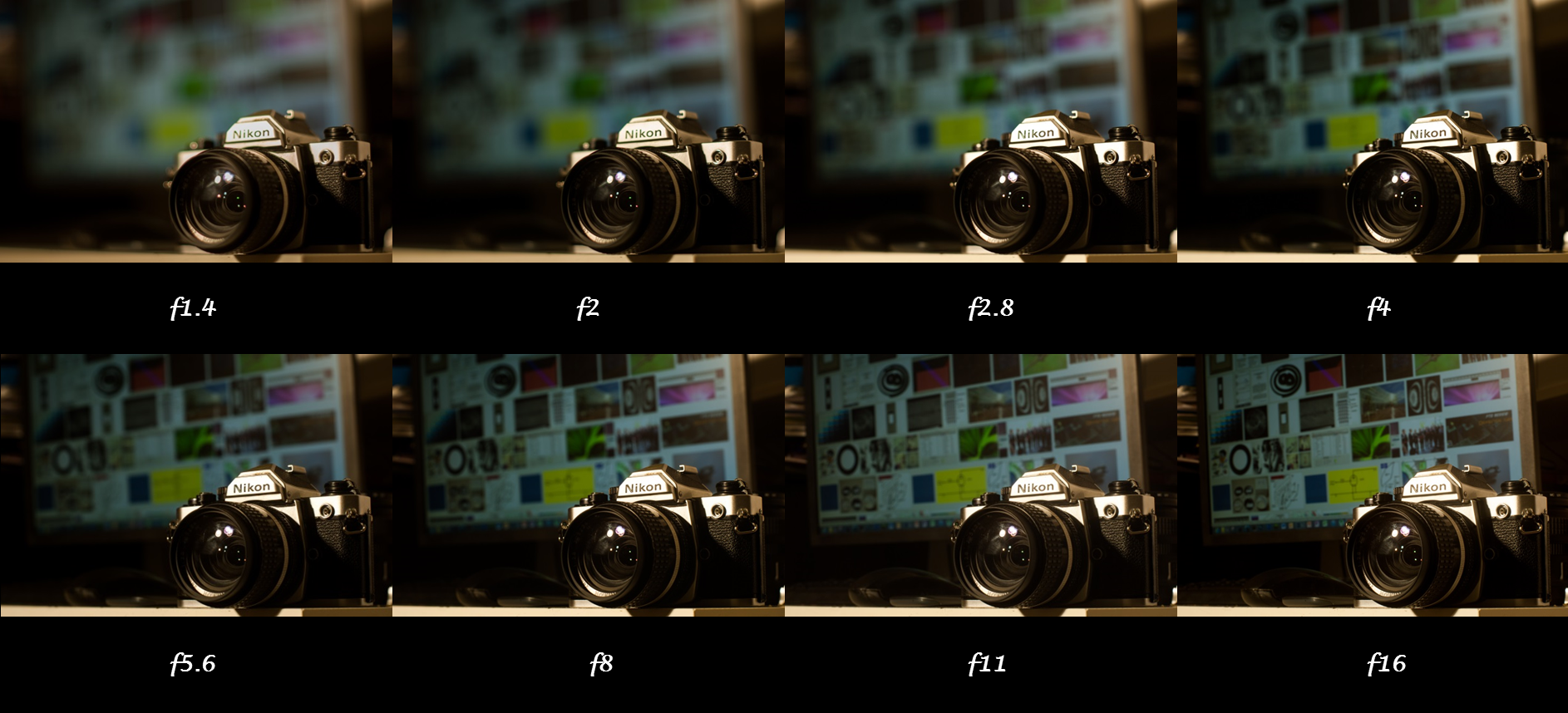
Aperture Comparison showing the difference between F1.4 to F16. Photo by SketchyShenanigans, flickr.com
Functional
Gear matters from a functional standpoint as well, and durability is a big one. High quality camera equipment is built to withstand more use, abuse and harsh conditions. High end cameras and lenses typically have weather and dust sealed bodies, made to keep out dust, moisture, and other elements that could damage the equipment, without sacrificing usability and image quality. If you are interested in just how durable equipment can be, the folks over at Petapixel subjected a Nikon D3 to all sorts of torture including freezing it a block of ice and subjecting it to fire and it still worked. https://petapixel.com/2013/05/23/the-nikon-d3s-can-survive-getting-wet-muddy-frozen-dropped-and-burned/
Consistency is another functional reason why gear matters. Having reliable gear that performs consistently provides confidence to the photographer that they can get the shots they want time and time again, especially in challenging conditions. A camera with a fast and accurate autofocus system can help you capture fast-moving subjects with greater precision or it can ensure that eyes are tack sharp in portraits, even when the model is moving.
The last one I’ll touch on is ergonomics. The way a camera feels and functions for the user is important and it's entirely up to the individual. Comfortable and well-designed camera equipment can make a significant difference in the photographer's experience. A camera that feels good in your hand, with intuitive controls and menus, can help you focus on your creativity and vision rather than struggling with the equipment to find settings or menu settings.
The best camera is the one you have with you."
Chase Jarvis
The Qualifier
It's easy to immediately assume that the argument is that buying more expensive gear will give you better images, but that is not what is being argued. In fact, I would argue that buying the latest and greatest gear is a poor return on investment for the vast majority of photographers. More expensive gear will get you more features in a camera or lens, but unless it is an absolute necessity that you have that particular feature or specific lens, you are wasting valuable money. Instead, the argument is simply this: understand what gear is the most appropriate for how, where and what you shoot and fill out your kit accordingly. Don’t get caught in the trap of photo-influencers and viral marketing campaigns or subject yourself to the joyless practice of comparison to others and what they shoot. On the flip side, don’t fall for the falsehood that gear doesn’t matter. Find the middle ground and understand what gear matters for you then pursue what works within your budget. In my experience, purchasing used gear is a fantastic way to go, especially when you are still finding your niche and building out your kit.
Don’t chase new gear and expect to get better at photography, like so many people do. In fact, it’s so rampant a problem in our field that there’s a name for it: Gear Acquisition Syndrome or GAS as people call it. It’s a flippant and cheeky acronym that hides a very real and serious issue in the creative pursuits. It’s a mentality that makes creatives constantly feel the need to upgrade their equipment, resulting in them spending large amounts of money on equipment in hopes that it will make them better. While it's natural and sometimes necessary to upgrade and expand your kit, but it doesn’t replace spending time on the creative process and putting in the effort required to hone your skills.
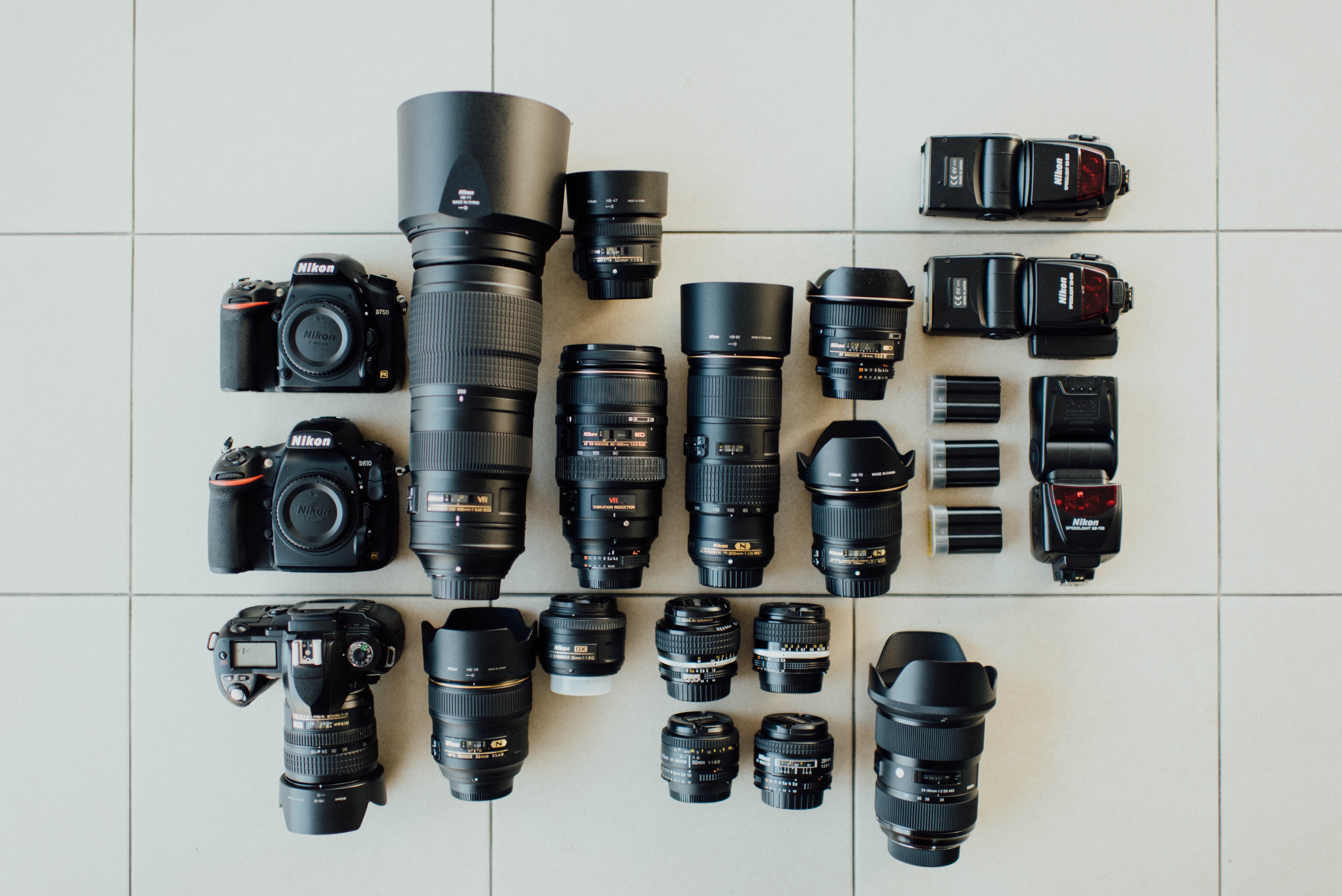
If gear didn't matter, they wouldn't make all kinds of it. Photo by Chuttersnap, unsplash.com
Conclusion
This article is just the tip of the iceberg. Photography is an incredibly vast field and because of that there are so many reasons when, where and why certain types of gear would be the most appropriate for a particular photographer. Regardless, the same sentiment rings true: camera gear absolutely matters. It’s just not all that matters. Creativity and skill are far more important than owning every piece of kit you can get your hands on. That being said, having the right gear can make a significant difference in the quality of your images, the experience of making them, as well as your ability to consistently capture the shots you want.
There is an old adage that “Money is the root of all evil”, but we inherently understand that it's not money itself that is the problem. Instead it is the pursuit of money at the expense of everything else that is the root of all evil as the saying goes. The same applies to camera gear. It's not the acquisition of gear that is the problem. It's the acquisition of gear at the cost of putting in the time and effort required to learn the skills and have the experiences that will make you a better photographer. In the end, it's just like Ansel Adams said:
"The single most important component of a camera, is the the twelve inches behinds it."
Ansel Adams
Sources
Harris, Robert. Information Graphics: A Comprehensive Illustrated Reference. New York: Oxford University Press, 1999.
Kilmer, Ryan P., and Michael Kilmer. "The GAS Index: A Practical Tool for Assessing Gear Acquisition Syndrome." Psychology of Music 44, no. 2 (2016): 301-306.
Gibson, David. "How to Recognize and Overcome Gear Acquisition Syndrome (GAS)." Musician on a Mission. https://www.musicianonamission.com/gas-gear-acquisition-syndrome/.
Pavlov, M. Gear Matters. PetaPixel, March 13, 2020, https://petapixel.com/2020/03/13/gear-matters/.
